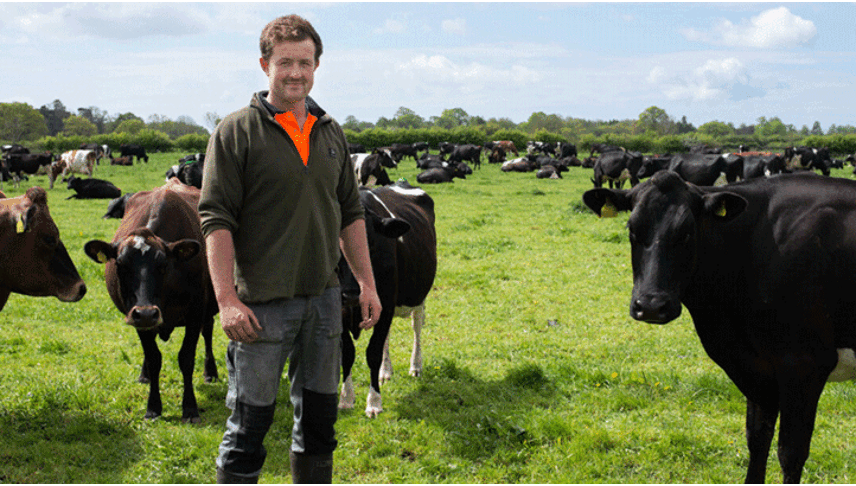Register for free and continue reading
Join our growing army of changemakers and get unlimited access to our premium content

Image: Arla
The dairy cooperative first announced that it was working on such an incentive model late last year, stating that it was willing to set aside up to €500m of its profits each year to run the scheme. It has now provided more information on the timeline for introduction, firming up August for the first incentive payments to farmers.
Under the Sustainability Incentive Model, farmers will be paid more per kilogram of milk if they are proven to be taking action to reduce emissions across their value chain. Arla is using a points-based system, scoring farmers on action across topics such as renewable energy procurement; efficient manure management and fertiliser use; biogas production; nature impact; sustainable feed supply chains and efficient feed management.
An initial 80 points will be available in the first instance. A further 20 points will be built into the Model within a few years, resulting in a total of 100 points. Farmers will be able to access up to three Euro cent extra per kilogram of milk they supply, dependent on the number of points they score.
For each point that the farmers are able to achieve, they will receive 0.03 eurocent per kilo of milk. Activities with bigger improvement potential for climate and nature will lead to the most points.
To ensure that data submitted by farmers is accurate, Arla conducts an advisory visit to all farms. It then uses a digital model to engage with farmers, complete with data validation, analytics tools, and statistical controls. EY acts as the third-party assurance body for the data.
Arla has notably committed to reducing emissions across its value chain emissions by 30% by 2030. Farming accounts for more than 80% of its total emissions footprint, making this a key focus area to achieve the 2030 goal.
Work underway
A survey of 399 of Arla’s farmers, conducted in January, has revealed that many are already well-prepared. 89% of those surveyed said they have already made changes to their processes and/or technologies in the past 12 months in the name of environmental sustainability. Common changes have included reducing fertiliser use, making better use of slurry, planting cover crops, changing cow feeding processes or setting aside parts of their land for nature.
Arla has notably been providing some environment-linked incentives to select farmers for several months, with an extra cent per kilogram on offer for suppliers who submit emissions data. 95% of farmers are now submitting this data. But the Sustainability Incentive Model is expanded in terms of both how many environmental factors it covers and how much money is on offer for each claimant.
Arla’s chairman, Jan Toft Norgaard, has described the introduction of the model as a “historic milestone” for the company.
Looking ahead to the coming 12 months, 94% of the farmers surveyed said they would implement changes to reduce emissions to capitalise on the new incentives from Arla. The dairy co-operative’s survey found that just 55% of the farmers have used previous Government incentive schemes, indicating that direct engagement with purchasers may hold more sway.
With this in mind, edie asked Arla’s agricultural director for the UK, Paul Savage, how the business’s new incentives will fit with the UK Government’s new payment plans under the Environmental Land Management Scheme (ELMs). These plans replace the EU’s Common Agricultural Policy post-Brexit and are designed to incentivise environmental improvements on farms, including improved soil quality, reduced pollution and enhanced biodiversity.
Savage said: “It is clear that everyone across the industry recognises the importance of and need to focus on environmental sustainability improvements. As an industry wide scheme there is no direct link with the UK Government’s new ELMs payment plans. However, we work regularly with the Government across many levels to ensure our farmer owners can make the most of both ELMs and our Sustainability Incentive Model.”


Please login or Register to leave a comment.